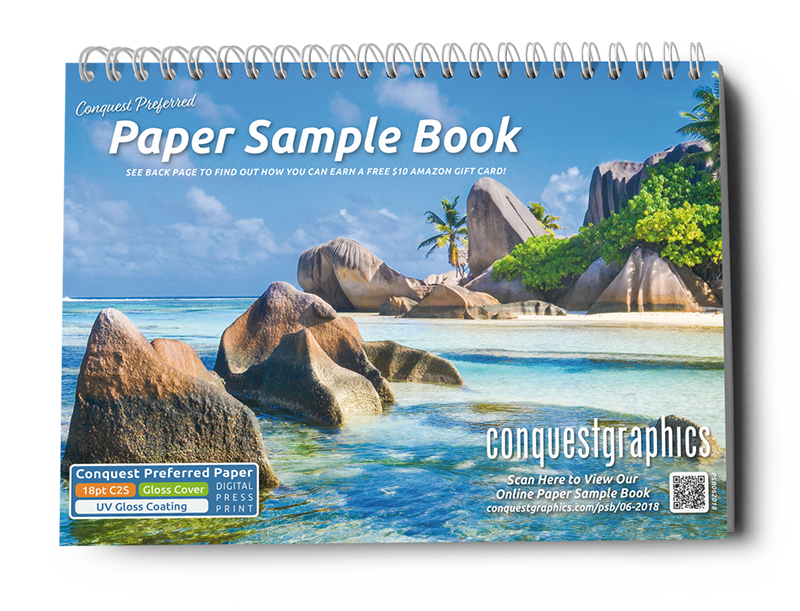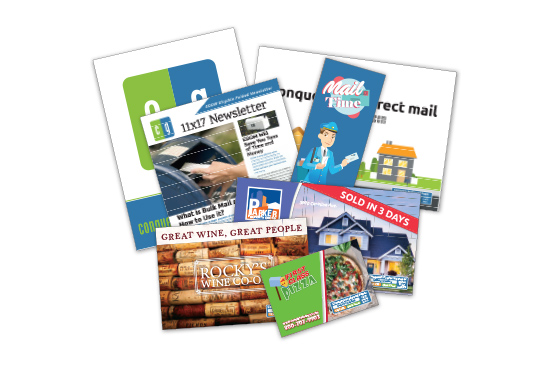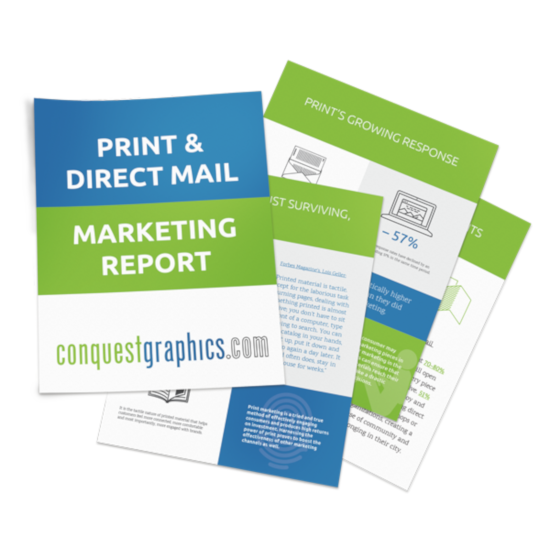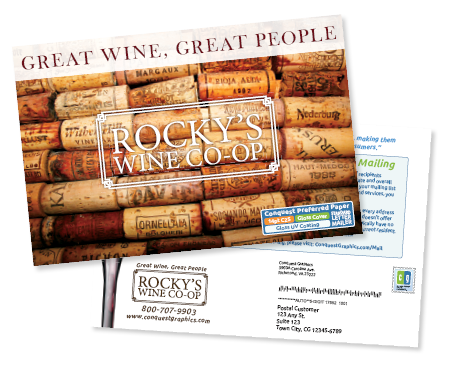
Everything has become more expensive. Plain and simple. Transportation, groceries, employees, product inventory, materials, and even marketing. And many companies’ first budget cut to make up for these challenges is marketing.
Many of these companies, however, are faced with a detrimental decrease in ROI and new customers. Why? Because while marketing and advertising require you to spend money, it’s also a massive part of what retains your customers and brings in new customers.
Now, we aren’t saying salaries, benefits, and other essential costs should be cut; instead, we’re saying there should be a new outlook on marketing costs and time spent on finding alternatives so you not only keep your company in business but your company also thrives.
Understanding the Current Economic Challenges Companies Are Facing
While the economy will always fluctuate due to various factors, the current economy is causing uncertainty and tight budgets in every industry. Present economic factors, such as supply chain disruptions and exchange rate challenges, labor shortages, inflation, wavering interest rates, and evolving wage scales, are affecting companies’ budgets and operations.
While some industries are facing more challenges than others, almost everyone is dealing with budget constraints. Here are some examples of challenges businesses are facing due to the current economy:
- Companies looking to expand or open new locations are facing higher construction costs and rising interest rates
- Companies that sell goods or services are facing higher product and material costs
- Labor challenges require companies to let employees go, reorganize departments, and need help finding and retaining new employees
- Inflation requires companies to increase salaries in order to keep employees
- Non-essential costs like marketing and advertising are being cut, causing long-term repercussions
Why Marketing Budgets Get Cut First
Marketing costs money, and when it comes to the books, these costs are often viewed as non-essential, like coffee in the break room—which we all know is essential. When a company is forced to make budget cuts, the last thing they need to do is cut the quality of its products or services, decrease salaries and benefits, lose employees, and decrease the functions of its overall business operations due to a tight budget. So, they cut non-essential costs.

Unfortunately, when companies decide to cut marketing, they make this decision based on it being viewed as “non-essential,” campaigns that didn’t have a high enough return on their investment, or they think that these investments are returnable, meaning when budgets are no longer needed to be tied tight, they can come back to them.
What these companies aren’t considering, however, is the number of new customers who come in, the number of people who become aware of their brand, and the number of customers who become loyal because of their marketing efforts. And returning to the efforts that generated these results is incredibly difficult and, at times, unreturnable.
If your company is faced with the choice to make budget cuts like so many are forced to do today, it’s essential that you carefully look at what cutting your marketing costs could do to your company.
Why Companies Shouldn’t Cut Marketing Budgets

When budgets get tight, cutting costs is a necessity in order to keep your company on a smooth path to success. However, if you cut your marketing budget, you lose the opportunity to gain more customers, gain repeat customers, build strong brand recall, stand out amongst your competition, and essentially grow your business. In other words, cutting your marketing costs could lead to closing your doors.
When you end your marketing efforts, you cut off communication between your business and your audience. This leaves your customers questioning your brand’s value and potential ones forgetting you exist. When your marketing efforts are running strong, here are a few things that happen:
- It helps your brand stand out amongst the competition
- It brings in new customers by helping them find you
- It adds value to your brand and shows that your company is stable
- It enhances brand recall
- It retains current customers and creates loyal customers
But what do you do when you know you shouldn’t cut marketing costs but need to cut costs somewhere? Read further to find out where you can make budget cuts and how you can minimize your marketing costs.
Tips To Keep Marketing Afloat Even with a Tight Budget
If you’re unsure of where to make budget cuts, or you’ve run into no other option other than to make marketing budget cuts, then you’ll need to look for some ways you can decrease your marketing spend without losing its benefits. Here are some tips you can use to keep your marketing efforts going without overspending.
Analyze and Create a New Marketing Budget
Start with the big picture if you haven't begun analyzing where costs can be cut. This could be evaluating your contracts and looking for free resources, considering your office supply costs, reviewing any unneeded subscriptions your company is using, and growing your team's skill set to leverage their potential for in-house capabilities.

If you're down to the last option, marketing, identify underused and underperforming strategies before cutting your marketing budget. Are your social media ads getting attention, but your emails go unread? Are your catalogs driving website traffic, but your newsletters are met with dwindling response rates? Are your direct mail postcards generating new business, yet specific demographics respond more than others, suggesting a need for a more targeted approach?
Analyze your most profitable marketing strategies and focus on these to maximize returns. Concentrating your resources on high-performing campaigns cuts costs and enhances their performance. While analyzing your current marketing strategies may require you to retire or pause some of your campaigns, it gives you more flexibility on top-performing campaigns. Plus, it allows you more time to bring in more affordable or even free marketing efforts.
Find Alternatives that Meet Your New Marketing Budget
Sometimes, cutting costs is only a matter of redesigning your strategy or reimagining your marketing campaign. For example, while there are incredible advantages to a physical printed catalog, when your budget is tight, something that is also physical, like a brochure, that leads to a webpage containing your catalog contents, can ensure that your brand stays top of mind. If your monthly postcard mailings get responses from only half of your audience, analyze the type of people responding, including their demographic, income, and location, and then minimize your mailing list by reaching a smaller, more targeted audience.
Recycle Old, Top Performing Campaigns
It takes time and money to design a new catalog, write out new emails, launch brand-new online ads, design materials for your tradeshow, or create a new postcard campaign. Instead, look through your archive and find campaigns that performed well. Analyze how they could be enhanced, then tweak and modify them as needed and relaunch the campaign. Rather than hiring a designer or taking the time to brainstorm new ideas, you may have the perfect marketing campaign that is ready to perform even better than its last go around.
Move Away from Marketing RFPs
Many companies utilize Request for Proposals (RFPs) to acquire marketing services, spanning digital, print, and direct mail strategies. These requests, outlining project-specific requirements, are often sent to multiple agencies. However, the RFP sourcing model is time-consuming, often requiring the efforts of 6-12 people and countless hours to find the right agency.
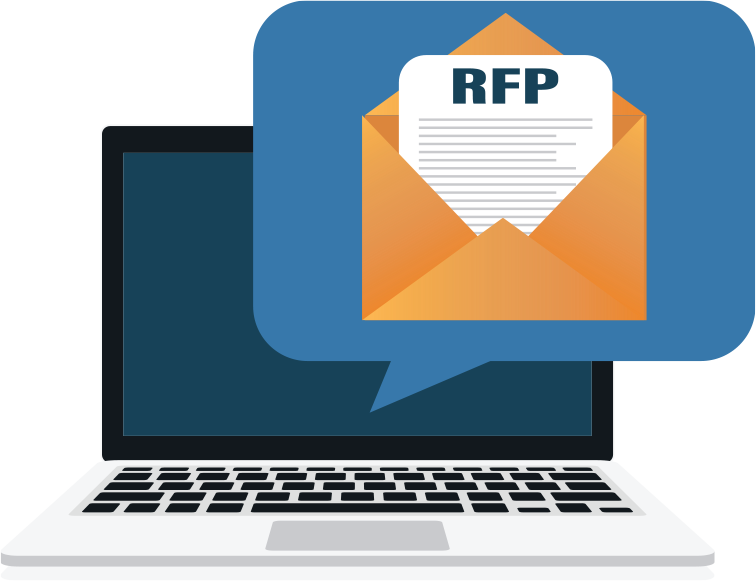
For example, say you need a straightforward postcard mailing to reach a new targeted audience in a specific area. Rather than directly engaging with a respected print and direct mail provider you've found online or through recommendations, you would need to spend days creating and reviewing proposals. This pauses business growth, wastes money, and more.
Instead, consider a more efficient strategy that conserves time and money, which can be directed toward your marketing or other business initiatives. Identify potential partners based on your specific needs. All it takes is a little research, conversation, and even some free resources the agency provides so you can get a feel of their quality. With this method, you can secure a marketing provider in a fraction of the time you would otherwise spend submitting RFPs.
For more information, check out our article "Pros and Cons of Using the RFP Model of Sourcing."
Affordable Marketing Strategies
Create Cheap Marketing Campaigns with Postcard Commingling
Postcard commingling is essentially postcard marketing with no minimums. It allows you to send as few as 1 postcard while taking advantage of bulk mail discounts. So, you could reach 100 people for less than $70 or 1 person for less than $0.70. Postcard commingling is the perfect marketing strategy when your budget is tight because you aren't forced to reach a certain number of people or print more postcards than you need. Plus, with direct mail having a higher response rate than any other form of marketing, this cheap marketing strategy promises high returns.
Automate Your Direct Mail to Retain Current Customers
When cutting your marketing budget, you often lose touch with current, loyal customers because they aren't hearing from you or seeing your brand. To affordably keep in touch with existing customers or prospects, you can take advantage of automated direct mail. It uses the same postcard commingling method we mentioned above, but you don't need to take time to place orders or upload mailing lists. Instead, you integrate direct mail into your CRM or marketing automation platform. You can then either send a direct mail piece with a click of a button, automate postcards to run alongside your emails, or set up triggers so that every time a customer clicks on your email, visits a certain web page, or places an order, a direct mail message is automatically sent to them for only a few cents per mailer.
Get Personal with Your Marketing

Sending customized marketing messages for your customers or prospects results in a 500% higher response rate, and personalizing your marketing designs to be tailored to each individual isn't expensive or time-consuming. For emails, this is just a matter of inserting specific data so names or images are displayed for specific recipients. For direct mail, all it takes is Variable Data Printing, and you can customize colors, images, names, addresses, and more so that each direct mailer is personalized for each recipient. Getting personal with your marketing campaigns is extremely affordable, and the results are tremendous.
Affordably Reach Everyone in a Specific Location
Every Door Direct Mail, or EDDM, was designed by the USPS to be affordable. All you have to do is choose an EDDM-eligible mailer, create a design and message, and choose an EDDM mailing route that best meets your needs using the EDDM mapping tool. Your marketing message will then reach every address on your select mailing route for only pennies out of pocket.
Combine Cheap Marketing Campaigns with Free Ones
The more someone sees your message and brand, the more likely they are to choose your company when it's time to make a purchasing decision. This means you need to get your message out there as many times as possible to keep your brand top of mind. How is this possible when you have a tight budget? It's possible by combining cheap marketing campaigns with free ones. For example, use postcard commingling (cheap), emails (can be free), and social media posts (free) to deliver the same message. Try publishing relevant content (free), send out EDDM brochures (cheap), and host a webinar (free.) Or you could create a cheap catalog, list your products on Google for free, send out an email, and post on social media.
Conclusion: Why You Shouldn’t Cut Marketing When the Economy Gets Bad
Cutting back on marketing when the economy falls, or your budget becomes tight can seem like a viable cost-saving measure. Still, it may harm your business in the long run. Consistent marketing maintains visibility and positions your brand favorably when economic conditions improve. If you step back, your competitors who remain active in their marketing efforts will be top of mind among your target audience when they're ready to make purchases. In addition, marketing during economic downturns can offer unique opportunities to differentiate your brand, connect with customers meaningfully, and build loyalty that can yield dividends when the economy bounces back. Thus, sustaining marketing activities, even in challenging economic times, is essential to ensure business growth.
At Conquest Graphics, we pride ourselves on offering competitive prices that deliver affordable marketing campaigns. On top of that, we're dedicated to working with you to ensure we provide you with solutions that meet your goals and your budget, no matter how tight it might be. Contact us today if you're interested in finding a marketing strategy that keeps your efforts afloat, even during challenging economic times.
Let's Explore Your Options Today!
